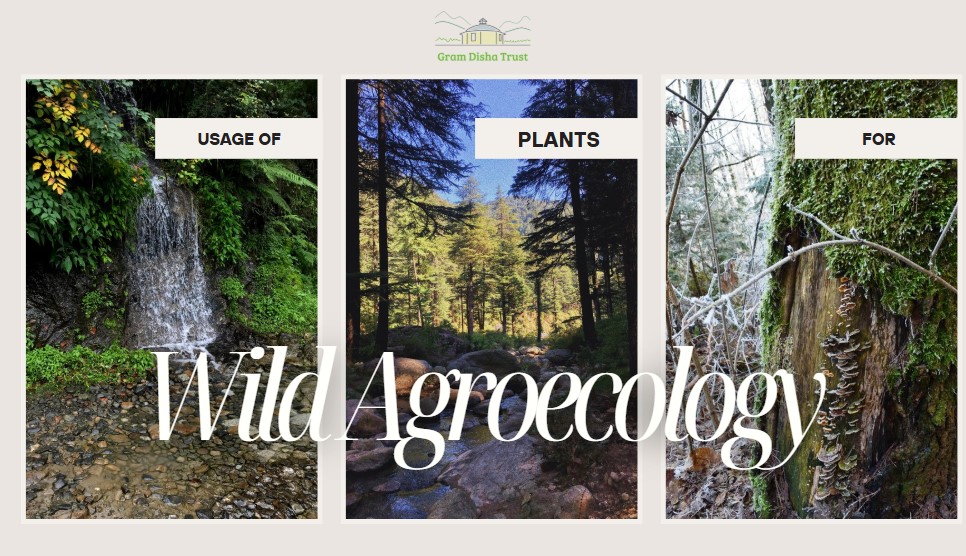Wild-Local species for Insect-Pest Control
Tropical Countries are rich in Plant Biomass. Wild species of various types of plants are part of a rich heritage. From culinary and medicinal use to cosmetics and pest control, these plants have been documented for their usage from ancient times. The use of wild plants as a sustainable alternative for insect-pest control has gained significant attention in Agroecological practices. In Himachal Pradesh, such plants are regularly used by farmers to make decoction and pastes for nutritional and insect-pest control purposes. Natural Farming is presently being promoted by the state Government of Himachal Pradesh and a number of farmers also receive training on making these formulations in-situ. The CETARA-NF certified evaluation system also analyses this aspect of production to produce the star rating for the self-reliance of the farmers. These species are abundantly available in various areas of Himalayas and easily accessible to the farmers.
This report, “Identification of Wild and Locally Available Plant Biomass Species for Insect-Pest Control,” is a research initiative conducted in Pangna, Karsog Valley, Himachal Pradesh, under the Gram Disha Trust.
This study aims to identify plant species with natural pesticidal properties & focuses on Himalayan Stinging Nettle (Girardinia diversifolia) and Common Stinging Nettle (Urtica dioica), examining their potential for use in Sustainable Agricultural systems. Interestingly this plant is also used as a culinary preparation in dishes by locals as well as used for medicinal purposes.
This study documents the morphological, ecological, and chemical characteristics of these species, emphasizing their ability to deter insect pests through compounds such as formic acid, histamine, flavonoids, and terpenoids. The findings highlight their natural adaptability to high-altitude environments (1,200–3,000 meters) and their role in enhancing crop resilience without synthetic inputs. Furthermore, the report explores potential applications, including biopesticide formulations and companion planting strategies, while advocating for sustainable harvesting practices to preserve biodiversity.
The complete findings, along with field observations and recommendations, are detailed in the embedded report.
More such botanical identification and documentation in ongoing at Gram Disha Trust. Additional wild/locally available plants are being identified in the coming months.

